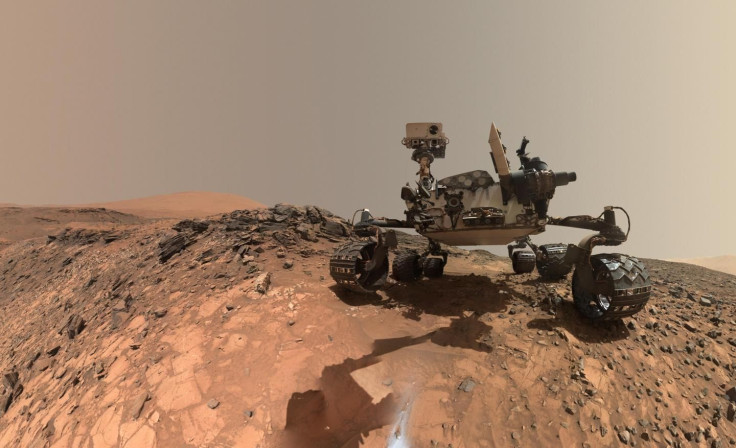NASA Curiosity Rover Achieves Major Milestone, Completes 2,000 Days on Mars

NASA’s famous Curiosity Mars rover has achieved a major milestone and completed 2,000 days, aka sols, on the red planet.
The robotic car-sized rover landed on the Martian landscape in August 2012 and has been devoted toward making critical finds for the space agency ever since. It has driven nearly 12 miles inside the Gale crater, diving into the history of the planet and understanding how it evolved over several billion years.
Throughout its journey from the landing site to the current location on Mount Sharp of the crater, Curiosity made a number of discoveries. However, the biggest find continues to be the discovery of a riverbed that first indicated that liquid water flowed on the surface of the planet. It even found that the crater’s floor once had a freshwater lake probably with chemical ingredients required to support microbial life.
The rover has examined around 600 vertical feet of rock with signs of ancient water and wind activity until now, something that has led NASA to posit Mars might have had habitable conditions for a few million years. But, in order to confirm this theory, the agency needs more evidence which it expects to collect when Curiosity moves ahead and explores an area believed to carry clay minerals.
As clay formation directly depends on the presence of water, Curiosity’s next scientific target could give NASA critical insights into Martian water, including when it existed and if the conditions were suitable to support life back then.
In a Twitter post celebrating Curiosity’s 2000th Martian day, the Curiosity team even shared an image highlighting the targeted region. The rover will drill rock samples from the site and then move them to its onboard lab to analyze their chemical makeup.
Looks like we made it: 2,000 sols on Mars, you guys!
— Curiosity Rover (@MarsCuriosity) March 22, 2018
I’m looking back on 2,000 Martian days of exploration, and literally looking forward to climbing higher in those to come. The area ahead contains clays I’m eager to investigate: https://t.co/Uk8dCF0tYV pic.twitter.com/qiUxFsL43F
Curiosity’s initial mission was for two years but NASA extended that indefinitely in 2012, giving the rover a chance to explore Mars terrain for as long as possible. Just a few weeks back, the space agency even released a panoramic image showcasing its six years of hard work — the sites it explored and investigated.
But the journey wasn’t that easy, the robotic machine encountered a few hiccups on the way, including software glitches and a couple of fractures in the grousers of one of its six solid-aluminum wheels. NASA says all wheels have enough working lifespan to continue the current mission and is already prepping the successor of Curiosity, which recently entered the assembly, test and launch operations (ALTO) phase of development and is set to launch sometime in 2020.
© Copyright IBTimes 2024. All rights reserved.











